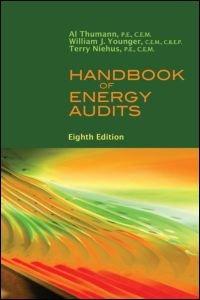Hi, please help? Thank you.



Required information Problem 6-2AA Periodic: Alternative cost flows LO P3 [The following information applies to the questions displayed below.] Warnerwoods Company uses a periodic inventory system. It entered into the following purchases and sales transactions for March Units Sold at Retail Units Acquired at Cost 135 units @ $ 70 per unit 435 units @ $75 per unit Date Activities Mar. 1 Beginning inventory Mar. 5 Purchase Mar. 9 Sales Mar. 18 Purchase Mar. 25 Purchase Mar. 29 Sales 455 units @ $105 per unit 190 units @ $80 per unit 270 units @ $82 per unit 230 units @ $115 per unit 685 units Totals 1,030 units For specific identification, the March 9 sale consisted of 80 units from beginning inventory and 375 units from the March 5 purchase; the March 29 sale consisted of 75 units from the March 18 purchase and 155 units from the March 25 purchase. Problem 6-2AA Part 2 2. Compute the number of units in ending inventory. Ending inventory units Problem 6-2AA Part 3 3. Compute the cost assigned to ending inventory using (a) FIFO, (b) LIFO, (c) weighted average, and (d) specific identification. (Round your average cost per unit to 2 decimal places.) a) Periodic FIFO Cost of Goods Available for Sale Cost of Goods Sold Ending Inventory # of units Cost per unit Cost of Goods Available for Sale # of units Cost per unit Cost of Goods Sold # of units Cost per in ending unit inventory Sold Ending Inventory $ 0 $ 0.00 $ 0 $ 0.00 $ 0 Beginning inventory Purchases: March 5 March 18 March 25 0 0.00 ol 0.00 0 $ $ 0 0.00 0 $ $ $ 0 0.00 0.00 0 0 0 Total 0 0 0 b) Periodic LIFO Cost of Goods Sold Ending Inventory Cost of Goods Available for Sale Cost of Cost per Goods # of units unit Available for Sale # of units Cost per # of units Cost per in ending Cost of Goods Sold sold Ending Inventory unit unit inventory $ 0 0 Beginning inventory Purchases: March 5 March 18 March 25 Total 0 0 0 0 0 c) Average Cost Cost of Goods Available for Sale Cost of Goods Sold Ending Inventory Cost of Average # of units Cost per unit Goods # of units Average Available for Sale Cost of Goods Sold Cost per Unit # of units Average in ending Cost per inventory unit sold Ending Inventory Beginning inventory Purchases: March 5 March 18 March 25 Total $ 0 0 d) Specific Identification Cost of Goods Available for Sale Cost of Goods Sold Ending Inventory Cost of Cost per Goods # of units Cost per # # of units # of units Cost per sold unit unit Cost of Goods Sold Available for Sale in ending inventory unit Ending Inventory $ 0 $ 0 0 0 Beginning inventory Purchases: March 5 March 18 March 25 Total 0 0 0 0 0 4. Compute gross profit earned by the company for each of the four costing methods. (Round your average cost per unit to 2 decimal places and final answers to nearest whole dollar.) FIFO LIFO Weighted Average Specific Identification Sales Less: Cost of goods sold Gross profit $ 0 $ 0 $ 0 $ 0









